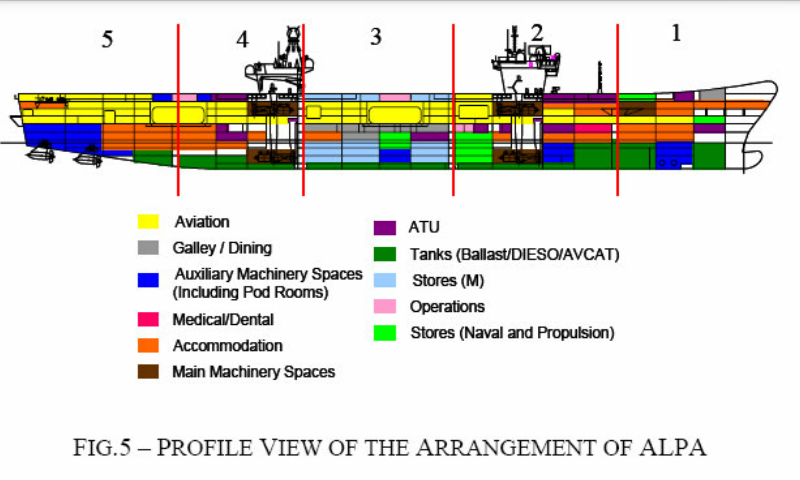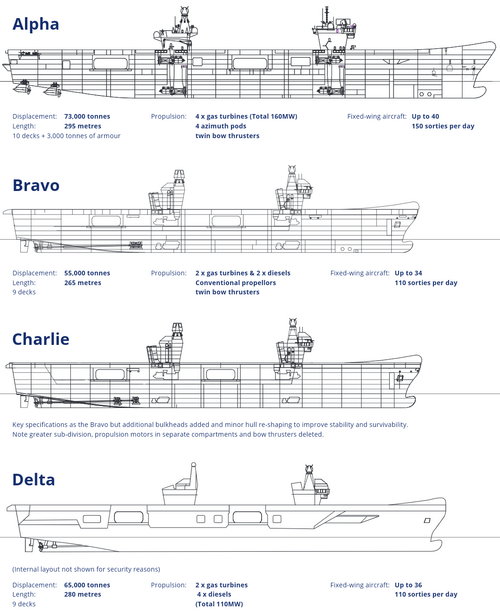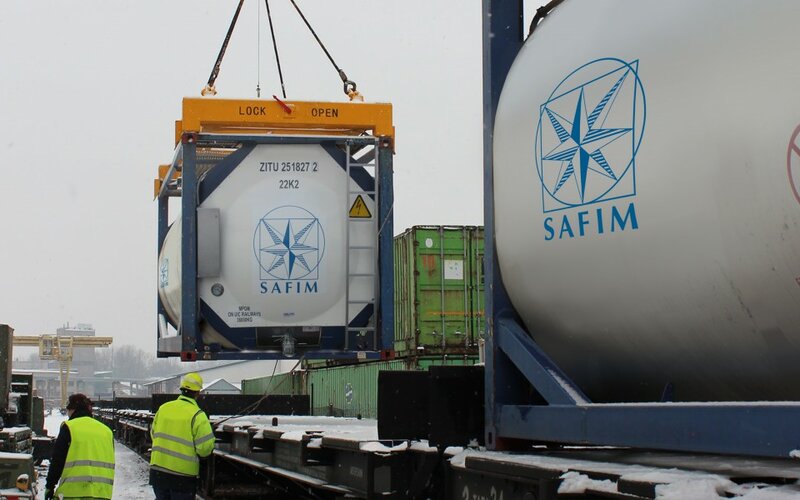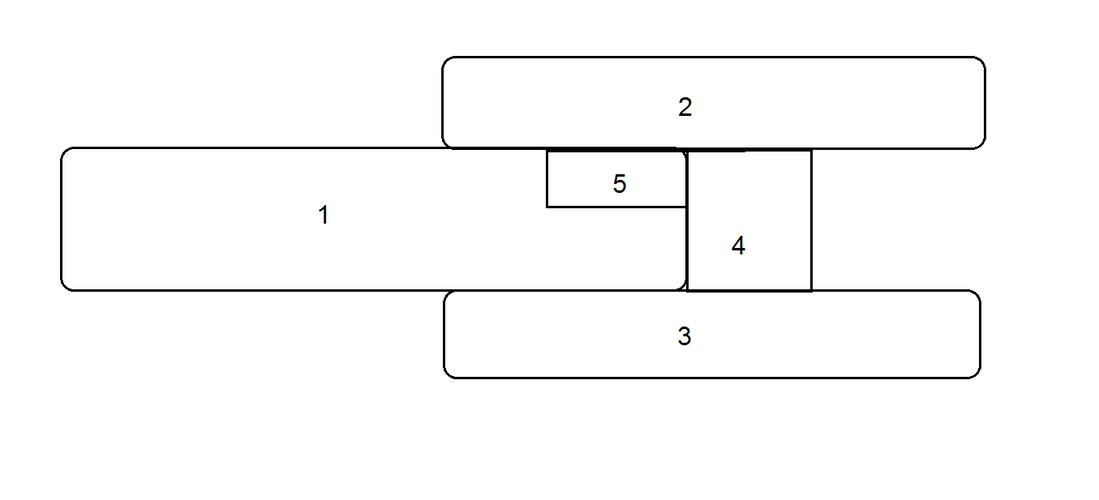Most wargames in the Cold War (notably those published by the Naval War College) saw most U S carriers either sunk or severely damaged.
In the N Atlantic that meant F14s, F18s, A6s and S3s moving to shore bases notably in the UK.
I imagine the same would happen to US air groups in a war with China (assuming they get away before the missiles hit).
It would be significantly more dangerous in the Pacific, as missiles are now longer ranged and easier to target, while carriers have less capable air wings than they did 40 years ago. The most important aspect for carrier combat, whether against land bases or other carriers, is strike radius. USN carriers barely get like 500 nmi now,with Super Hornets carrying an appreciable war load, but they used to have closer to 900 nmi.
The most likely outcome is that the carriers stand back in the deep ocean, minimally contributes to the fight, and the battlegroups sling Tomahawks at targets identified by satellite, submarine, or stealth bomber. The forward deployed battlegroups will probably be killed or crippled (same thing) in the initial stages though. I think that's just kind of inevitable without moving the carriers further back.
If the Navy has to assault the SCS, to retake Taiwan or something, it will probably be impossible in any practical sense without nukes. Knocking out the anti-ship missile assets, naval combat forces, and destroying the PLAN's ability to sortie submarines would be the most important thing prior to an amphibious landing, and aside from simply flattening ports with tactical nukes, there's simply not an easy way to do this.
This applies to the Chinese a bit, but they have less of a problem, because the US and its allies have fewer and smaller bases.
The artist impression in #70 leaves a lot to be desired. First off, the top deck is too symmetrical, and without the angled deck is an accident in the making as a jet comes in and has to magically land between rows of parked vehicles. I don't think you abandon the angled deck.
Angled flight decks are useless if you're designing a stealth carrier to accompany a Zumwalt lol.
The hangar is at the level of the two waist catapults, so they will be less affected by waves than bow cats, and the aircraft land on the upper hangar. They are lowed into the hangar and armed, and then moved out to the catapults. The catapults have little louvres or palisades that erect along the side to reduce the radar reflection from the open hangar doors as aircraft transit from the hangar-bomb farm to the catapult area, and from the aircraft and jet blast deflector themselves.
There is literally nothing on the deck when the ship is in combat. It would compromise the RCS reduction measures, obviously.
Multi-hulls are much dumber than the stealth carrier because no one has built a sizeable multihull (>2,000 tons) without hull cracking.






